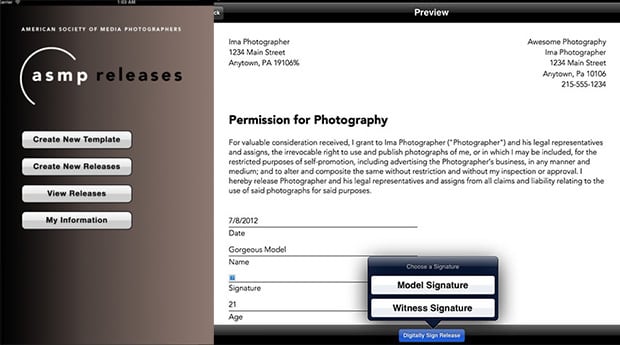ASMP Calls Out Adobe for Its ‘Shocking Dismissal of Photography’

The American Society of Media Photographers (ASMP) published a scathing rebuke of Adobe in an open letter, calling the company’s latest round of ads a “shocking dismissal of photography and the photographers who have dedicated their lives to creating it.”
At the beginning of the month, PetaPixel reported that Adobe was running advertisements for its software on various social media platforms with the tagline “skip the photoshoot.”
The ASMP felt strongly about this statement — enough to write an open letter to the Silicon Valley software giant, calling them out for attacking the very creators it relies on.
“As one of the largest professional associations representing photographers and all visual creators, and as our 6,500 members well know, creating a career in photography is harder than ever, with the average photographer having to navigate stolen images, copyright infringement, broken business promises, and now, the specter of wholesale replacement of their art and craft by AI platforms,” ASMP Chair Gabriella Marks writes.
“But while fighting these battles on these multiple fronts, photographers would not have expected to have to defend themselves from attack by the company whose products are inseparable from the current and past toolbox of the professional photographer. Put simply, why, Adobe, would you dismiss and discount all that your most fervent and loyal customers aspire to?
“And this was an attack; an attack on the creativity of the photographer, on the skill and nuance they bring to the photoshoot, and the countless hours they spend preparing for, and working after the photoshoot you are so cavalier to simply throw away.”
‘Adobe should take a hard look at how it describes photography and photographers and determine if you support this industry or wish to aid in its destruction.’
The advertisements could be stopped but the fact they exist points to a deeper concern that Adobe is willing to toss aside a contingent of its most loyal customers all for the sake of technological advancement.
“While you may change your campaign, soften your language, or otherwise blunt this anger you find currently pointed in your direction, we hope that this is not a stopgap measure. Adobe should take a hard look at how it describes photography and photographers and determine if you support this industry or wish to aid in its destruction,” Marks adds.
“For the legions of photographers who have used your products, both ASMP Members and non-members alike, we ask you to do better. To stand with us to strengthen all that photography is and can be. To engage in good faith to find technological solutions that professionals can be proud to use.”
This situation is one of several instances where the company, or at least its leadership, seems to be on a different wavelength than artists and even some of its staff.
“The reality is that there are way more stories that people want to tell than skills that exist to be able to tell that story with the soul that they want and the emotion that they want,” Adobe’s long-time CEO Shantanu Narayan told The Verge‘s Nilay Patel last week, highlighting the disconnect between the creation of art and the advancement of AI.
‘This was an attack; an attack on the creativity of the photographer.’
Saying generative AI has either “soul” or “emotion” is a flagrant misunderstanding of the artistic medium.
“Great photography is born in the vision of the photographer first, and then brought to life by the artisans who have focused their creative energy for years and decades to make the final image,” Marks writes. “It is not mechanical; it is not replaceable by a button or an algorithm. Despite your intimation, great photography is more than pixels – it is passion.”
The ASMP’s full open letter to Adobe can be read on its website.
Image credits: Header photo licensed via Depositphotos.



